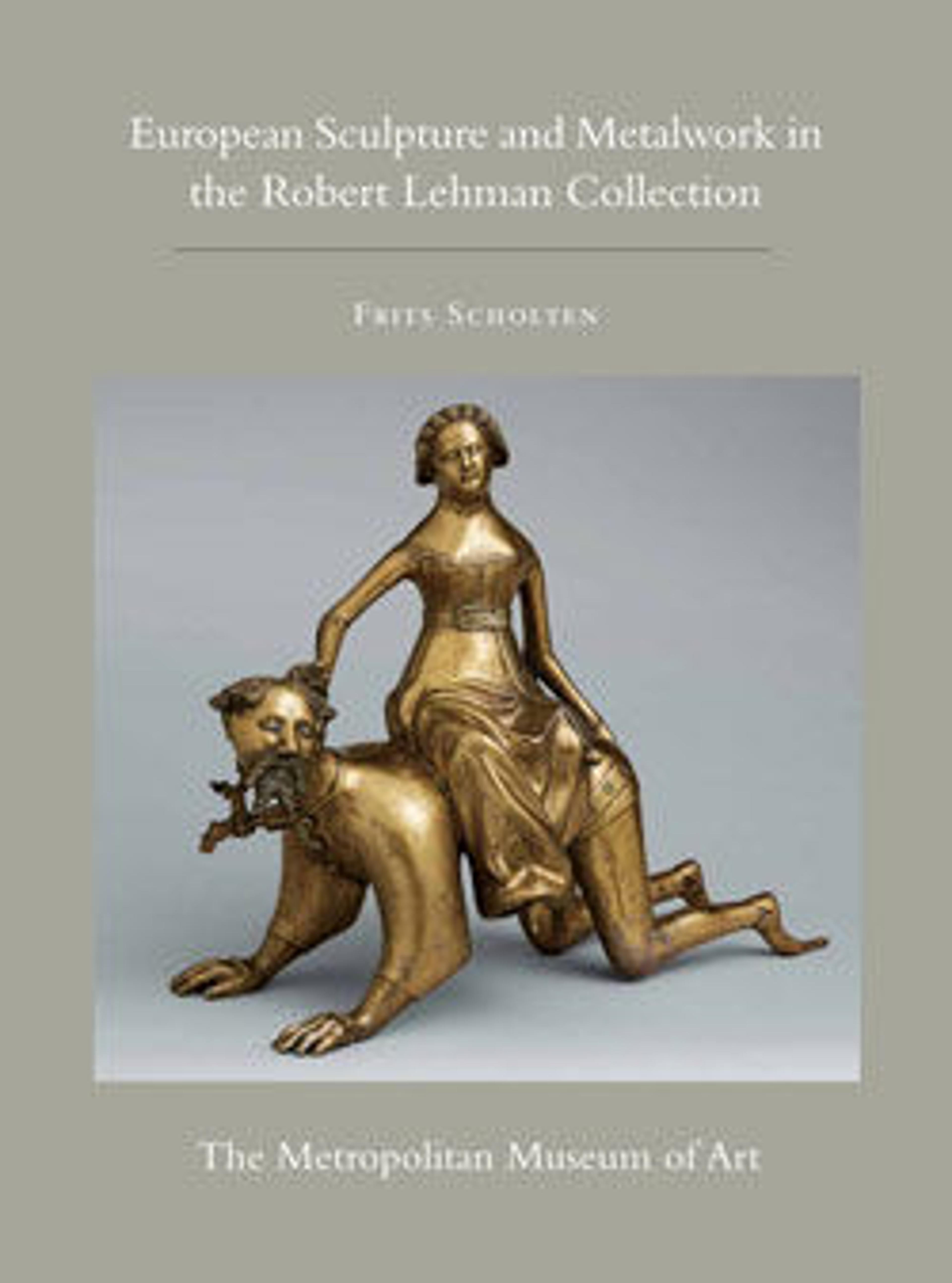Perfume Burner Surmounted by a Satyr
Perfume burners were used in wealthy Renaissance domestic interiors to impart fragrant aromas through the burning of scented pastilles. The scents emanating from perfume burners were believed to prevent disease and promote physical and mental well-being.
This perfume burner and 1975.1.1397 are of exceptional size, complexity, and quality. Holes throughout the body of the piece as well as in the mouth and ears of the satyr would have allowed the scented smoke to escape from the interior. However, this particular object shows no signs of use, either suggesting that it served a purely decorative function or that the present bottom plate is a later replacement.
This perfume burner and 1975.1.1397 are of exceptional size, complexity, and quality. Holes throughout the body of the piece as well as in the mouth and ears of the satyr would have allowed the scented smoke to escape from the interior. However, this particular object shows no signs of use, either suggesting that it served a purely decorative function or that the present bottom plate is a later replacement.
Artwork Details
- Title:Perfume Burner Surmounted by a Satyr
- Artist:Workshop of Desiderio da Firenze (Italian, born Florence, active Padua, 1532–45)
- Date:ca. 1530–40
- Medium:Binary alloy (copper, tin, with traces of zinc, iron, nickel, silver, and antimony); a brown to olive green patina and minor traces of gilding.
- Dimensions:H. overall 50 cm, h. of base 10.5 cm; h. of middle section, including bajonet joint, 15.5 cm; h. of cover, including the bajonet joint 26.4 cm.
- Classification:Metalwork-Bronze
- Credit Line:Robert Lehman Collection, 1975
- Object Number:1975.1.1396
- Curatorial Department: The Robert Lehman Collection
More Artwork
Research Resources
The Met provides unparalleled resources for research and welcomes an international community of students and scholars. The Met's Open Access API is where creators and researchers can connect to the The Met collection. Open Access data and public domain images are available for unrestricted commercial and noncommercial use without permission or fee.
To request images under copyright and other restrictions, please use this Image Request form.
Feedback
We continue to research and examine historical and cultural context for objects in The Met collection. If you have comments or questions about this object record, please contact us using the form below. The Museum looks forward to receiving your comments.
